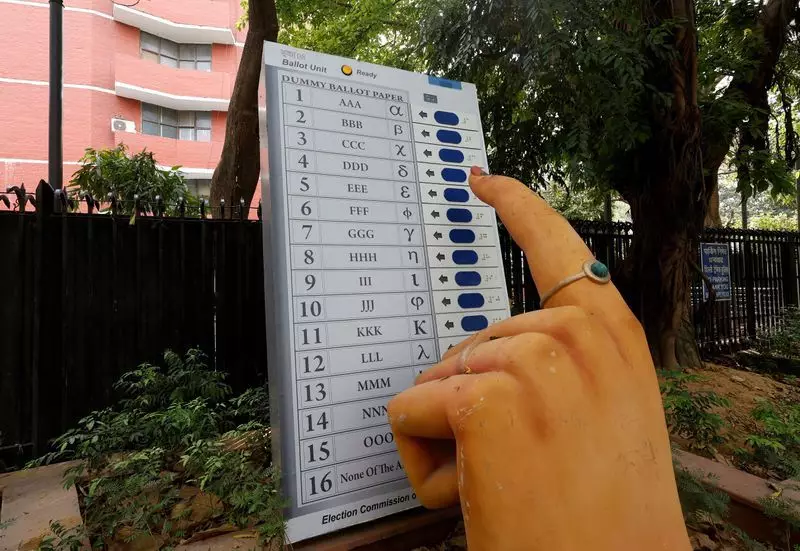
In a groundbreaking administrative reform, the Indian government is actively considering a major reorganization of the Northeast region that would see all states except Assam unified under a single regional framework. This strategic initiative marks a significant shift in how the country approaches governance and development in its northeastern territories.
Redefining Regional Boundaries
The proposed plan would create a consolidated administrative entity comprising Arunachal Pradesh, Manipur, Meghalaya, Mizoram, Nagaland, Sikkim, and Tripura. This unification aims to address longstanding challenges in coordinated development and policy implementation across these strategically important states.
Assam's Special Status
Assam's exclusion from this unified framework underscores its unique position within the Northeast landscape. As the region's largest and most populous state with distinct geographical and demographic characteristics, Assam will continue to maintain its individual administrative identity while potentially serving as a gateway to the newly consolidated northeastern entity.
Expected Benefits of Unification
- Streamlined development initiatives and infrastructure projects
- Enhanced coordination in security and border management
- Improved implementation of central government schemes
- Better resource allocation and utilization
- Stronger regional identity in national policymaking
Strategic Implications
This proposed administrative restructuring comes at a crucial time when the Northeast region is witnessing unprecedented infrastructure development and economic growth. The unified approach could potentially accelerate connectivity projects, boost tourism, and create new economic opportunities across the participating states.
Government sources indicate that the proposal is currently in advanced stages of consideration, with detailed implementation frameworks being developed to ensure a smooth transition while respecting the unique cultural and administrative identities of each participating state.





